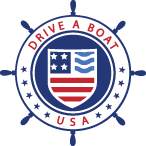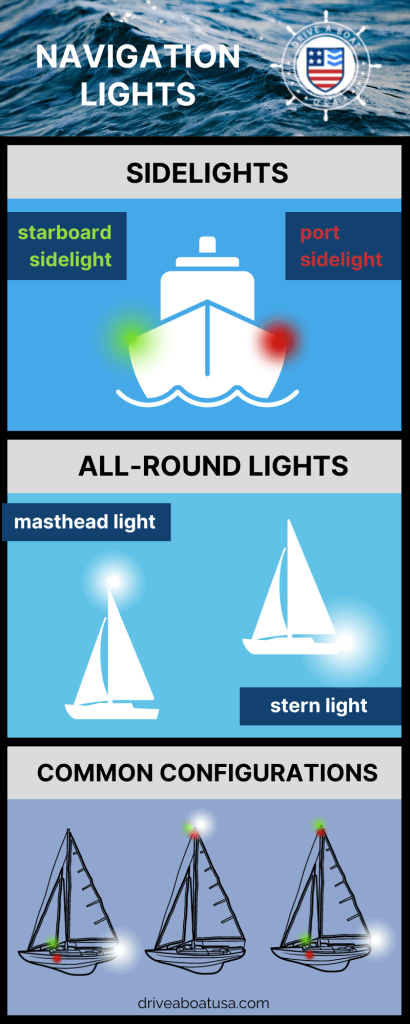Boat Navigation Light Rules and Requirements
Boat navigation lights are one of the most important pieces of safety equipment on your boat, along with personal flotation devices, boat fire extinguishers and boat ventilation systems.
As a boat owner or operator, you are legally responsible for using the correct safety equipment at all times. This is your responsibility whether your boat is moving through the water or you are at anchor, day and night, in all types of weather.
Did you know that boat manufacturers, importers and dealers are not responsible for equipping your boat with legally acceptable navigation lights? Before you take to the water, check that your navigation lights are:
- the right size and type for your boat and chosen water activity
- the right color and intensity
- attached to the correct parts of your boat
- fully operational.
It’s important to learn all you can about navigation lights for safe, legal boating! Keep reading to find out which lights to use when.
What are navigation lights for?
Navigation lights allow you to see and identify other vessels, and allow other boats to see and identify you. There is not one simple way to use navigation lights; the way they are set up on your boat will indicate the size, activity, and direction of travel of your vessel, so that you and other boat operators can make good decisions and avoid collisions.
By understanding what navigation lights mean, you will be able to safely and legally navigate shared waters under a variety of circumstances.
Boat navigation light requirements
Paddleboats, rowboats and small sailboats generally do not need to display navigation lights, but most other boats are legally required to use some or all of the following:
- A green light to indicate the starboard (starboard sidelight) attached near the bow on the starboard side
- A red light to indicate the port (port sidelight) attached near the bow on the port side
- One or more white lights (stern light and masthead light)
- Other navigation lights, such as blue flashing lights for law enforcement vessels engaged in search-and-rescue (SAR) operations, or yellow lights for vessels that are towing or being towed
Each type of navigation light also has a defined arc of illumination and range of visibility. Angles of visibility must be met when the boat is underway, which means that if your boat rides at a significant bow-up angle, you may need to adjust your navigation lights to compensate.
You must always use navigation lights between sunset and sunrise or in reduced visibility, but there are some exceptions during clear, daytime boating.
Note: It is also important to keep a flashlight on board as a temporary replacement, in case a navigation light burns out.
Boat navigation lights while underway
While your boat is underway, you are legally responsible for displaying the right type of navigation lights. Choosing the right lights depends on several factors, including:
- Whether your boat is powered by an engine (in full or in part)
- The size of your boat, measured in length
- Your boat’s speed
- Where you are boating (inland, international water, etc.)
- Whether you are at anchor.
Remember that your navigation lights must be visible and easily identifiable as such. Other lights on your boat cannot be mistaken for navigation lights, or get in the way of your navigation lights
Sailboat navigation lights
If you are operating a sailboat or nonpowered boat such as a canoe, kayak or rowboat, you still need to use the correct configuration of navigation lights for your boat size and boating circumstances. For comprehensive detailed instructions on navigation lights please refer to the USCG resource. The following are general guidelines:
Sailboats or vessels using paddles or oars, under 23 feet in length:
- One white navigation light (or lantern or flashlight) that is visible from 2 nautical miles away between sunset and sunrise or during periods of low visibility. In the presence of another vessel, the light must be displayed in time to avoid a collision.
Sailboats between 23 and 65.6 feet:
- One white stern light visible at 135 degrees and from 2 nautical miles
- One green starboard and one red port sidelight, visible across 112.5 degrees from one nautical mile away
OR
- A tricolour light, which is a single all-around light which includes the three coloured of lights indicated above, facing the same directions, visible from a distance of 2 nautical miles. This type of light can only be used when under sail, and never when using a motor regardless of whether the sails are hoisted. It may not be used at the same time as regular sidelights.
Powered boat navigation lights
If you are operating a boat with an engine (including sailboats with motors), between sunset and sunrise or under conditions of restricted visibility, you need navigation lights.
Powered boats under 39.4 feet:
- One all-around white light, visible from all directions (360 degrees) from two nautical miles away. This light must be attached at least 39 inches above the sidelights.
- One green starboard and one red port sidelight, visible across 112.5 degrees from one nautical mile away
Recreational powered boats between 40 feet and 164 feet:
This size of boat requires two white lights which, combined, make up 360 degrees of visibility:
- A white masthead light at the bow, visible across 225 degrees, from 2 nautical miles away. This light must be attached at least 8 feet above the gunnel.
- A white stern light at the stern, visible across 135 degrees and from 2 nautical miles away.
In addition to:
- One green starboard and one red port sidelight, visible across 112.5 degrees from one nautical mile away.
Boat navigation lights at anchor
When your boat is anchored at a dock, it is not necessary to turn on your navigation lights. However, if you are at anchor in an undesignated area, you need to make other boats aware that you are not moving by displaying an all-around white light where it will be easily visible to any other boats in the area.
Diving lights
If you are boating in a resort area or anywhere there are sunken wrecks or coral reefs, keep in mind that there could be diving activity. Keep your distance and stay alert to the possible presence of divers underwater.
Boats that are accompanying divers must display:
- Three vertical masthead lights in a red-white sequence.
Interpreting boat navigation lights
Installing and using the right navigation lights on your boat is very important, but to navigate safely, you also need to be able to interpret the navigation lights on other boats.
Remember, you may not always be boating under ideal circumstances. Make sure you learn to understand navigation lights and the United States Coast Guard rules of navigation, also called the Rules of the Road, thoroughly, so that you can make good decisions quickly, as needed.
Do you see a green light over a white light? This indicates a fishing vessel that is actively trawling. It may be necessary to avoid not only the boat, but also a large net.
Do you see a red light to the left, with two white lights to the right? Understand that you must yield to the other boat.
There are many other configurations you need to be familiar with to operate your boat safely.
Avoiding collisions
Remember, navigation lights are only a tool. You must also maintain a proper look-out at all times, by sight and hearing, to responsibly avoid collisions. Skippers must drive at an appropriate speed so that you can take effective action to avoid colliding with another vessel or body under or on the water.
Factors like visibility, traffic density, the maneuverability of your vessel, the presence of other lights from shore or scattered boat lights, the state of the sea and the draft in relation to the available depth of water must always be taken into consideration. Radar equipment may also pose certain limitations or offer certain benefits to navigating safely.
It is the boat operator’s responsibility to do everything in their power to avoid a collision, including but not limited to the correct display of navigation lights.
Learn about boat navigation and more from Drive A Boat USA!
Driving a boat safely demands a thorough knowledge of navigation, safety procedures and other technical details.
What you need to know depends in part on where you intend to go boating, the size and type of boat you will use, and what type of activity you will be engaged in, but there are many basic rules and regulations that you are legally obliged to follow no matter what the circumstances.
You can get your official state-approved online boating license today! Sign up for our fun and engaging boating safety course to get started.


